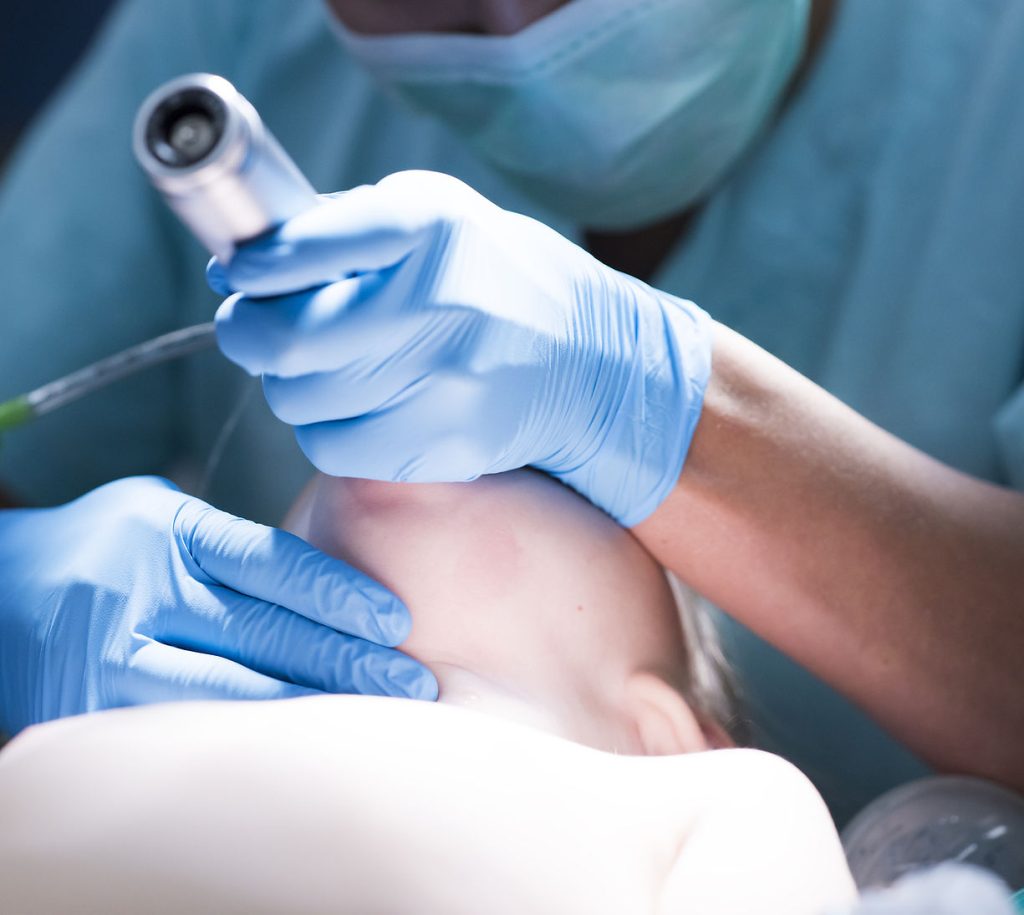A typical day for a CT1 anaesthetist begins around 07:45, when the doctor arrives at the hospital, changes into scrubs, and reviews the surgical lists for the day. The first task is to visit the surgical admission ward, where they meet with patients, gather anaesthetic histories, and assess any previous issues with anaesthesia, as well as serious co-morbidities. Patients often have questions about the procedure, including concerns about the duration of the operation and the possibility of waking up during surgery. Addressing these concerns is crucial for building rapport and ensuring patients feel comfortable.

After meeting with the patients, the anaesthetist encounters their consultant, who reassures them that the patients on the list are straightforward. This offers the junior doctor an opportunity to learn while having the consultant nearby for support. Following a team briefing, the anaesthetist checks the anaesthetic machine to ensure it’s functioning properly and prepares the necessary drugs with the operating department practitioner (ODP). This preparation includes discussing the appropriate sizes of laryngeal masks and endotracheal tubes, along with any antibiotics required for the procedures.
The first patient is a young, fit man. Despite the visible veins, the anaesthetist struggles to cannulate initially but succeeds on the second attempt, demonstrating that even seasoned practitioners face challenges. To ease the patient’s nerves, they engage in light conversation about the patient’s day and interests before starting the anaesthesia induction with fentanyl and propofol. After a moment of concern about whether the patient will drift off, they successfully administer a muscle relaxant and begin ventilation, carefully monitoring the patient’s response.
Once the patient is adequately anaesthetized, the anaesthetist performs intubation, consciously remembering to lift the laryngoscope towards the ceiling rather than pressing down on the teeth. They guide the endotracheal tube into place and confirm successful placement by checking for chest rise and carbon dioxide trace. With the patient stable, they prepare to move into the operating room, ensuring a secure grip on the tube during transfer to prevent any dislocation or complications.
In the operating room, the anaesthetist connects the ventilator and ensures all monitoring equipment is functioning correctly. They confirm with the surgeon that all parameters are acceptable before proceeding with the surgery. Throughout the operation, the anaesthetist monitors the patient’s vital signs, adjusting gas flows and administering medications as needed, including IV analgesia and anti-emetics to manage pain and nausea.
During a brief break, the anaesthetist enjoys a much-needed coffee, knowing that staying alert is crucial for their performance. They take this time to mentally review the next steps and ensure they are prepared for any unexpected developments during the surgery. They also calculate the appropriate dosage for local anaesthetic infiltration as the procedure nears completion. Once the surgeon begins closing the incision, the anaesthetist carefully manages the emergence from anaesthesia, turning off the volatile agent while monitoring the patient’s breathing.
As the surgical drapes are removed, the anaesthetist increases the oxygen flow to facilitate the patient’s recovery. They observe the patient closely, waiting for signs of consciousness. The patient begins to cough and move, signaling that they are waking up. The anaesthetist reassures the patient, guiding them through the process of removing the tube once they are ready, ensuring that they can breathe independently before transferring them to recovery.

After handing over the patient to the recovery nurse, the anaesthetist reflects on the successful management of the anaesthetic. Each successful procedure reinforces their confidence and skills, preparing them for the challenges of the next patient. This cycle of preparation, execution, and reflection is a critical part of the anaesthetist’s role, balancing technical skill with patient care in a high-stakes environment. The day concludes with a sense of accomplishment, knowing that they played an essential role in ensuring patient safety and comfort during surgery, while also embracing the continuous learning that comes with each new experience in the operating theatre.




